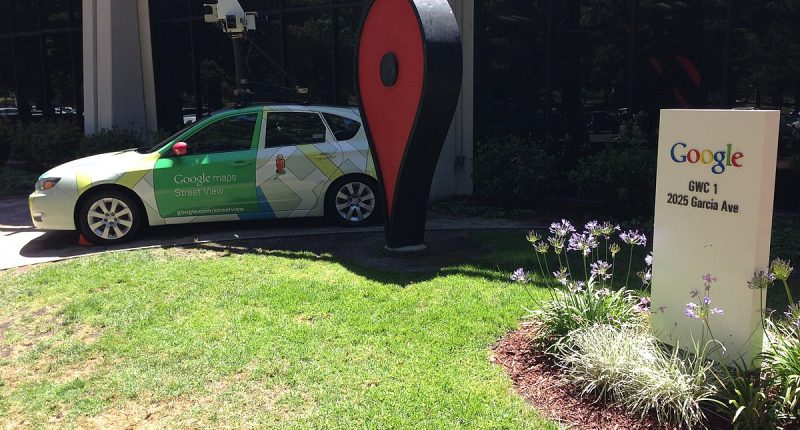On Friday, Google published its monthly transparency report in compliance with India’s new IT rules, disclosing that it removed 71,232 pieces of content in May, followed by 83,613 removal actions in June following user complaints.
The US tech giant also disclosed that it removed 6,34,357 pieces of content in May and 5,26,86 in June as a result of automated detection. These numbers exceed by a large margin the removal of 59,350 pieces of content it had removed in April following over 27,000 complaints, according to its maiden report. In the report for May, the tech giant added that 34,883 complaints (relating to third-party consent which is believed to violate local laws or personal rights on Google’s SSMI – significant social media intermediary – platforms) had been received from individual users in India, resulting in 71,132 removal actions.
If you have been following us, then the furor over the IT rules and the reaction of the major social media intermediaries are known to you. Not only do they mandate the appointment of a chief compliance officer, but also require all major social media intermediaries with a user base of over 5 million to publish monthly transparency reports. Twitter has been having a hard time in the country owing to the rules – not only is it being slammed repeatedly by the government, but it also lost its immunity and has been left vulnerable to lawsuits over the content on its platform. In comparison, Google and Facebook have played it safe, complying with the rules and not clashing swords with the government. In Google’s defense, it has been publishing transparency reports since 2010 on a biannual basis.
According to Google, the removal of content was done under several categories, including copyright (70,365), defamation (753), counterfeit (5), other legal (4), circumvention (3), and graphic sexual content (2). A single content could specify more than one item that potentially related to the same or different pieces of content, and each unique URL in a specific complaint was considered an individual “item” that is removed.
The number of complaints climbed up in June to come at a record 36,265, resulting in the removal of 83,613 pieces of content. While 83,054 pieces of content were removed under the Copyright category, 532 under Trademark, 14 under Counterfeit, and two under Other Legal, Graphic Sexual Content and Defamation resulted in the removal of one content piece each. Three content pieces were removed under Impersonation and two under court order.
As for automated detection, it resulted in the removal of 6,34,357 pieces of content in May and 5,26,866 in June. Google said that it used technology to detect and remove harmful content from its platforms. “Automated detection enables us to act more quickly and accurately to enforce our guidelines and policies,” it said, adding that the volume of automated detection was nearly 10 times that of user complaints.
The Tech Portal is published by Blue Box Media Private Limited. Our investors have no influence over our reporting. Read our full Ownership and Funding Disclosure →






